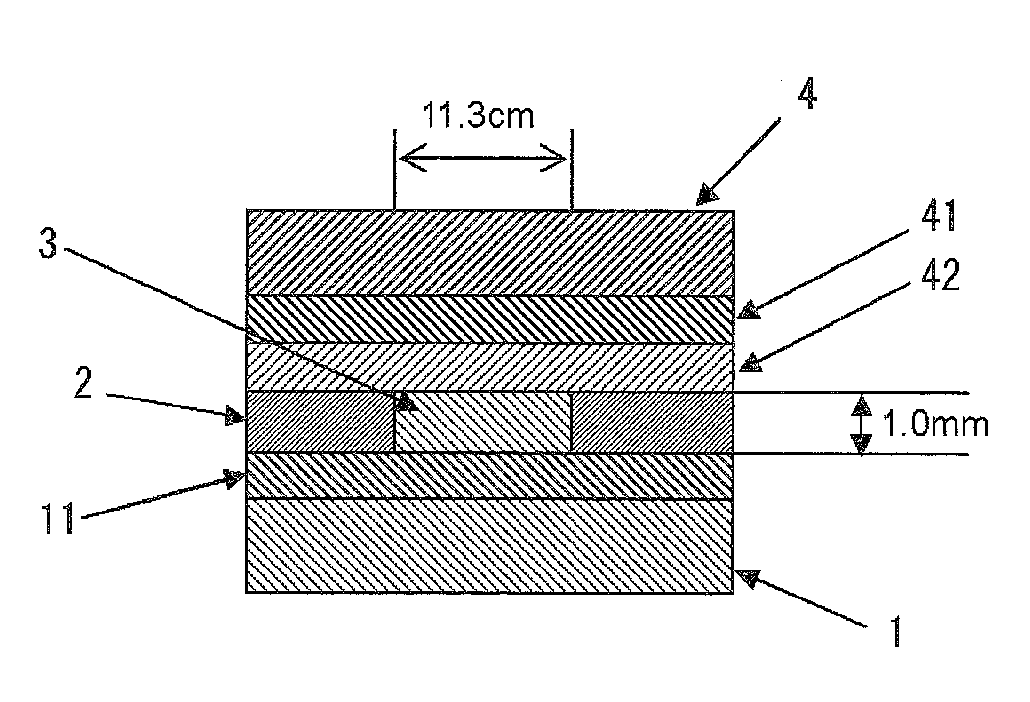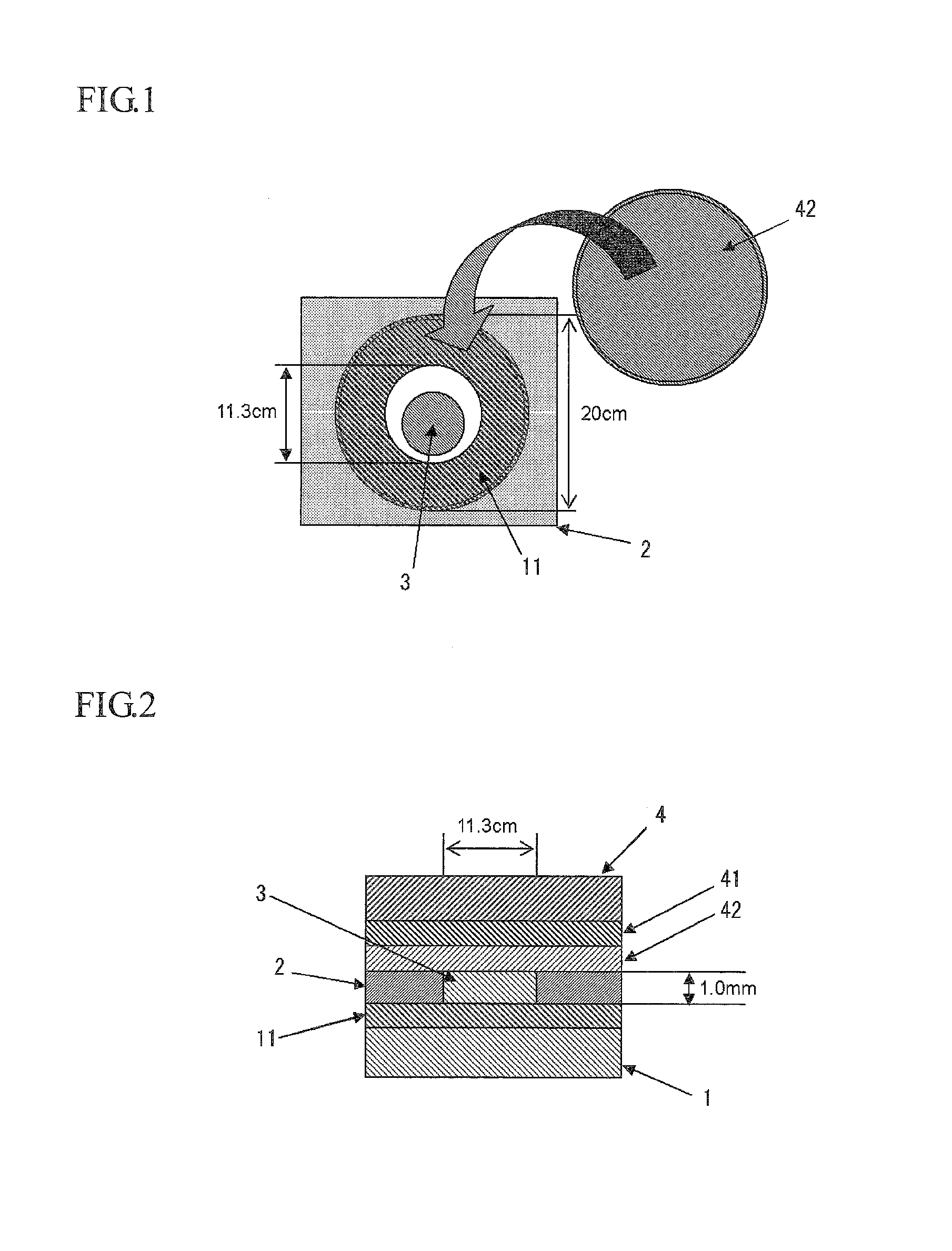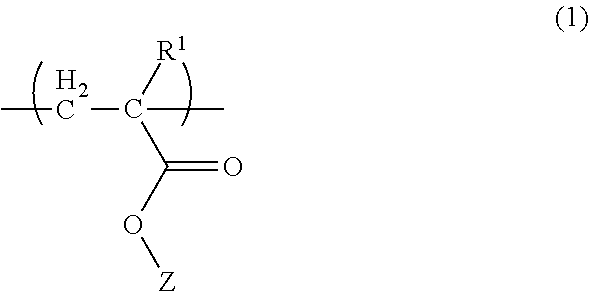Radiation-sensitive resin composition, polymer, and method for forming resist pattern
a technology of radiation-sensitive resin and resist pattern, which is applied in the direction of photosensitive materials, instruments, photomechanical equipment, etc., can solve the problems of reducing the depth of focus, and reducing the wavelength of a light source, etc., to achieve excellent basic resist performance concerning sensitivity, satisfactory pattern shape, and excellent sensitivity.
- Summary
- Abstract
- Description
- Claims
- Application Information
AI Technical Summary
Benefits of technology
Problems solved by technology
Method used
Image
Examples
examples
[0252]Hereinafter, the invention is further described by way of examples. Note that the invention is not limited to the following examples. The unit “parts” refers to “parts by mass”, and the unit “%” refers to “% by weight” unless otherwise indicated.
[0253]Measurements and evaluation in the Synthesis Examples are as follows.
(1) Mn and Mn
[0254]The Mw and the Mn based on monodisperse polystyrene were measured by gel permeation chromatography (GPC) using GPC columns manufactured by Tosoh Corp. (G2000HXL×2, G3000HXL×1, G4000HXL×1) under conditions of a flow rate of 1.0 ml / min, eluant of tetrahydrofuran, and column temperature of 40° C. The dispersity “Mw / Mn” was calculated from the results.
(2) 13C-NMR Analysis
[0255]Each polymer was subjected to 13C-NMR analysis using “JNM-EX270” (manufactured by JEOL Ltd.).
[0256]Hereinafter, Synthesis Examples are described.
[0257]Each monomer used for the synthesis of the polymers (A-1) to (A-9) and (AR-1) to (AR-3) is shown hereinafter by the general ...
PUM
| Property | Measurement | Unit |
|---|---|---|
| wave length | aaaaa | aaaaa |
| wavelength | aaaaa | aaaaa |
| wavelength | aaaaa | aaaaa |
Abstract
Description
Claims
Application Information
 Login to View More
Login to View More - R&D
- Intellectual Property
- Life Sciences
- Materials
- Tech Scout
- Unparalleled Data Quality
- Higher Quality Content
- 60% Fewer Hallucinations
Browse by: Latest US Patents, China's latest patents, Technical Efficacy Thesaurus, Application Domain, Technology Topic, Popular Technical Reports.
© 2025 PatSnap. All rights reserved.Legal|Privacy policy|Modern Slavery Act Transparency Statement|Sitemap|About US| Contact US: help@patsnap.com



